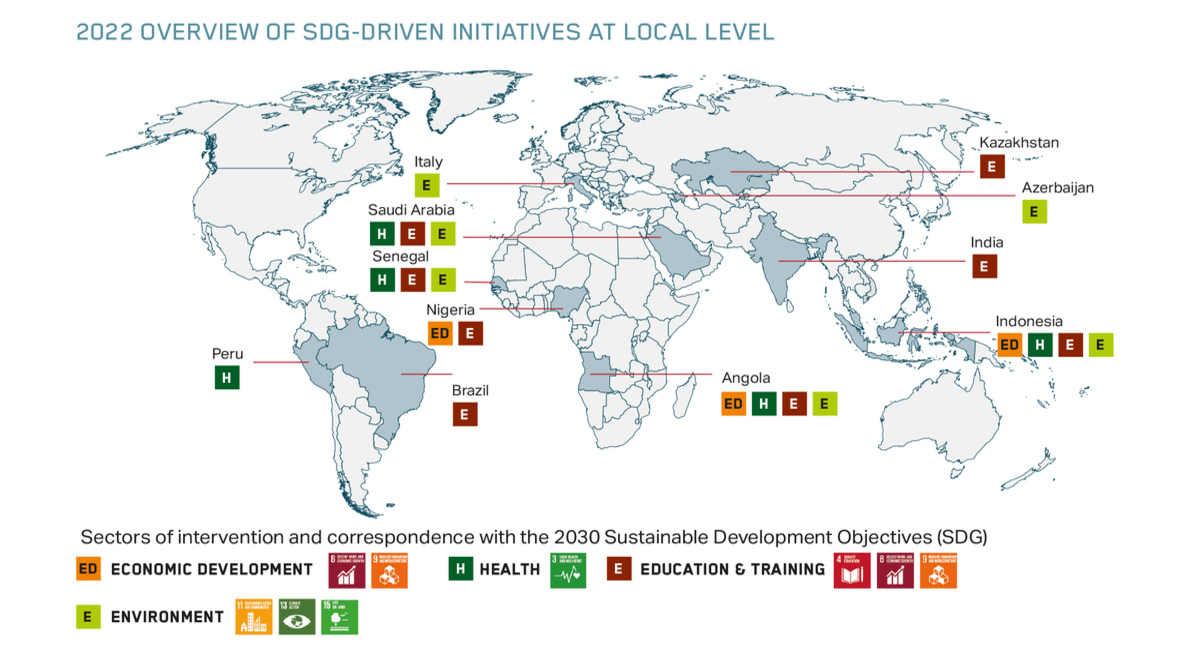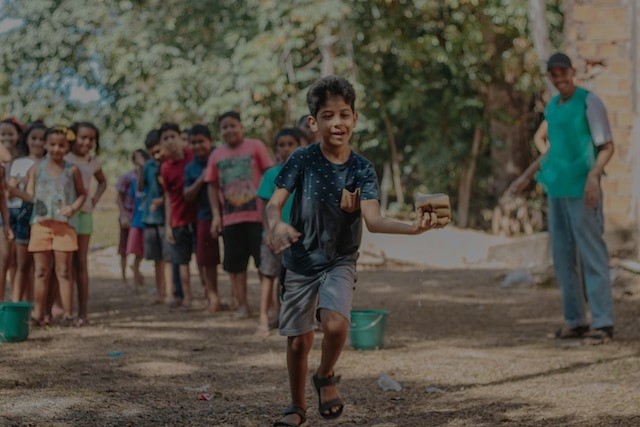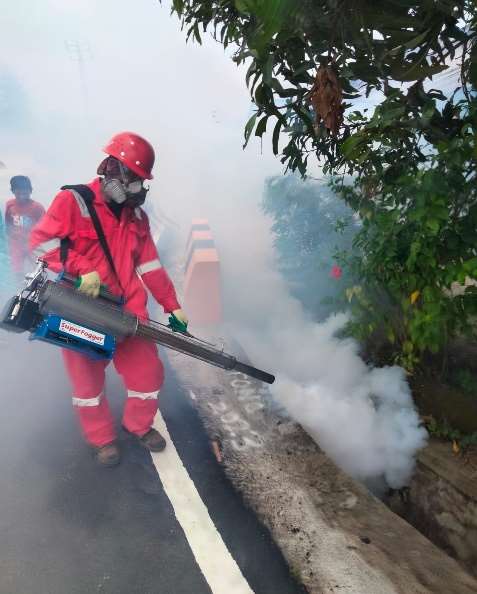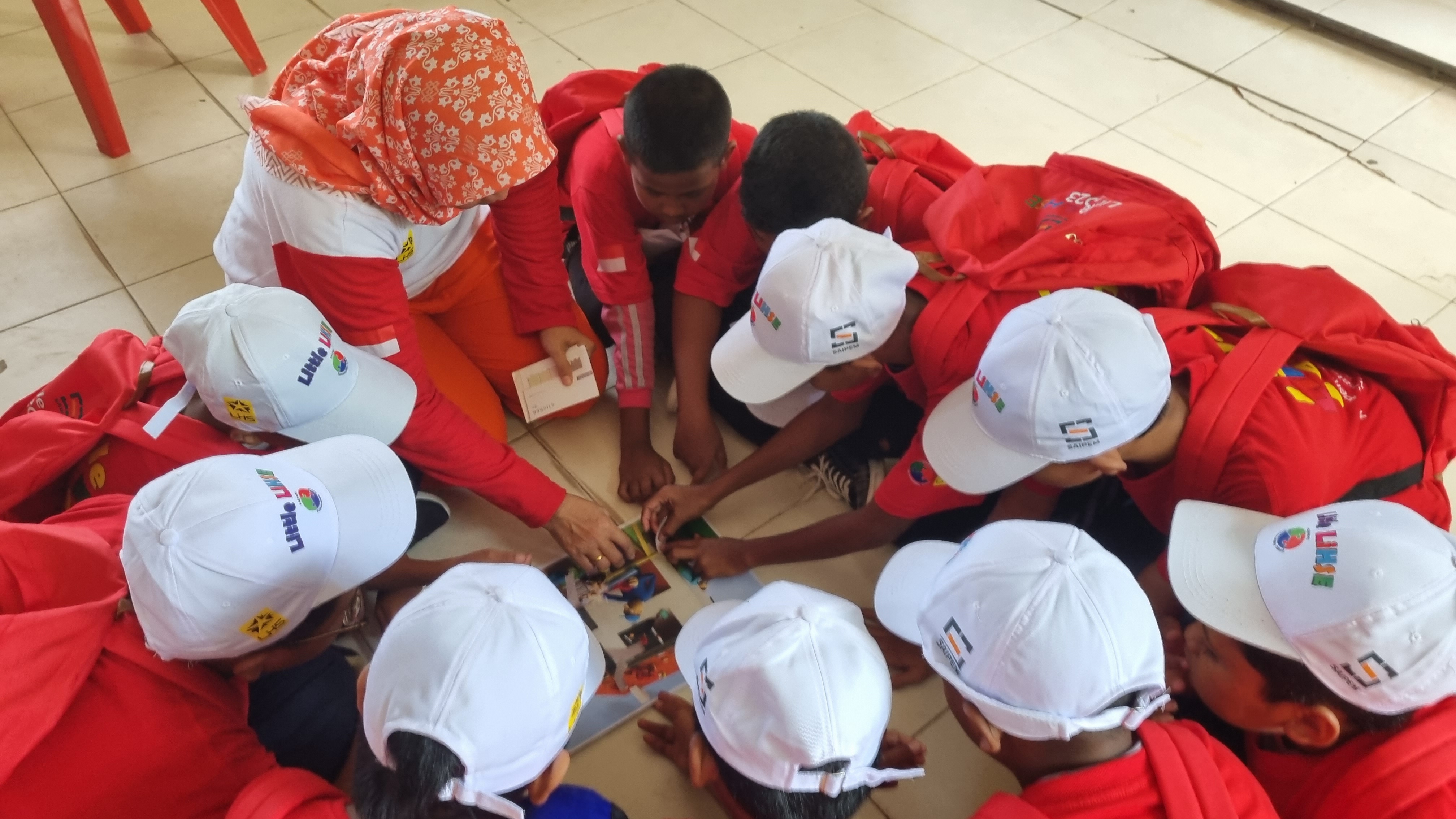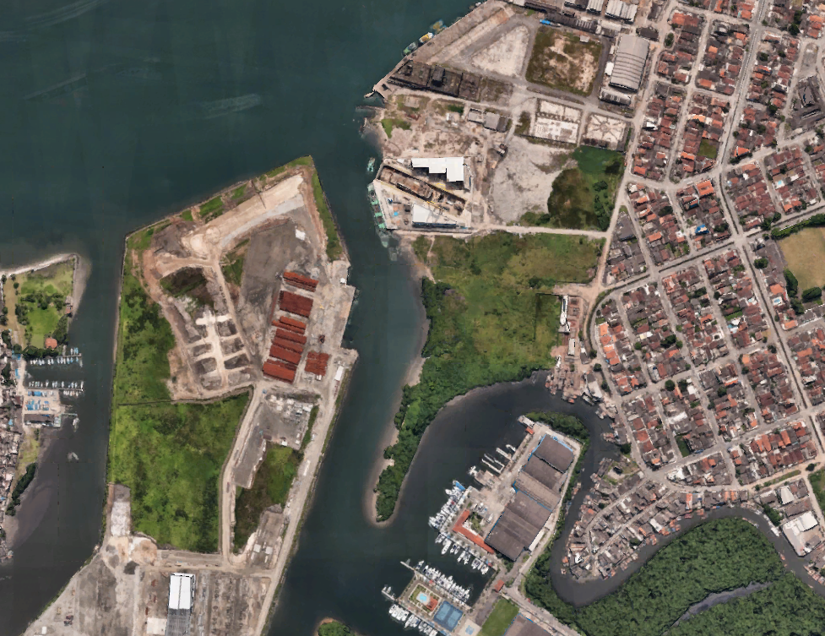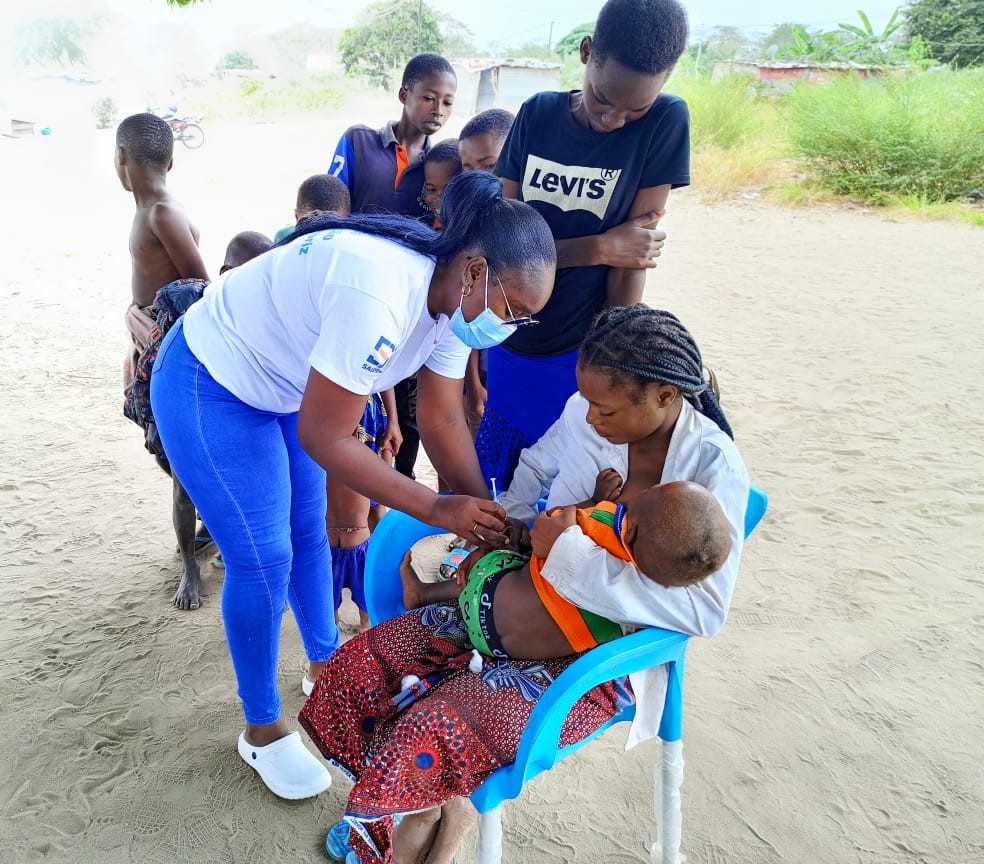Our presence in the area
Saipem plays an active role in more than 50 countries where it operates, mainly in terms of local employment, developing local business activities and skills. Consistently, Saipem contributes to the creation of value and supports the social, economic, and environmental well-being of each area. This commitment is structured through the Local Community Initiative (LCI) Plan, which is formulated annually to ensure our actions are aligned with local needs and priorities.
The impact Saipem has locally varies depending on the nature of our presence in the region. In areas where Saipem has a long-term presence, such as manufacturing yards, we engage directly with local stakeholders to establish and maintain a dialogue that supports sustainable relationships with communities and territories.
Conversely, in locations where our projects have a short-to-medium-term focus, Saipem adapts its approach to value creation to meet the specific operational contexts and customer requirements. The value generated locally translates into new jobs, stimulating demand for local services and goods, construction and the improvement of infrastructure, as well as contributing to the education system and development of professional skills, and the enhancement of people's rights.
Quantifying our local impacts
SELCE Model
The SELCE (Saipem Externalities Local Content Evaluation) model is an important tool for quantifying local value creation by measuring externalities, thereby enabling Saipem to assess our unique socio-economic contributions within a country of operation.
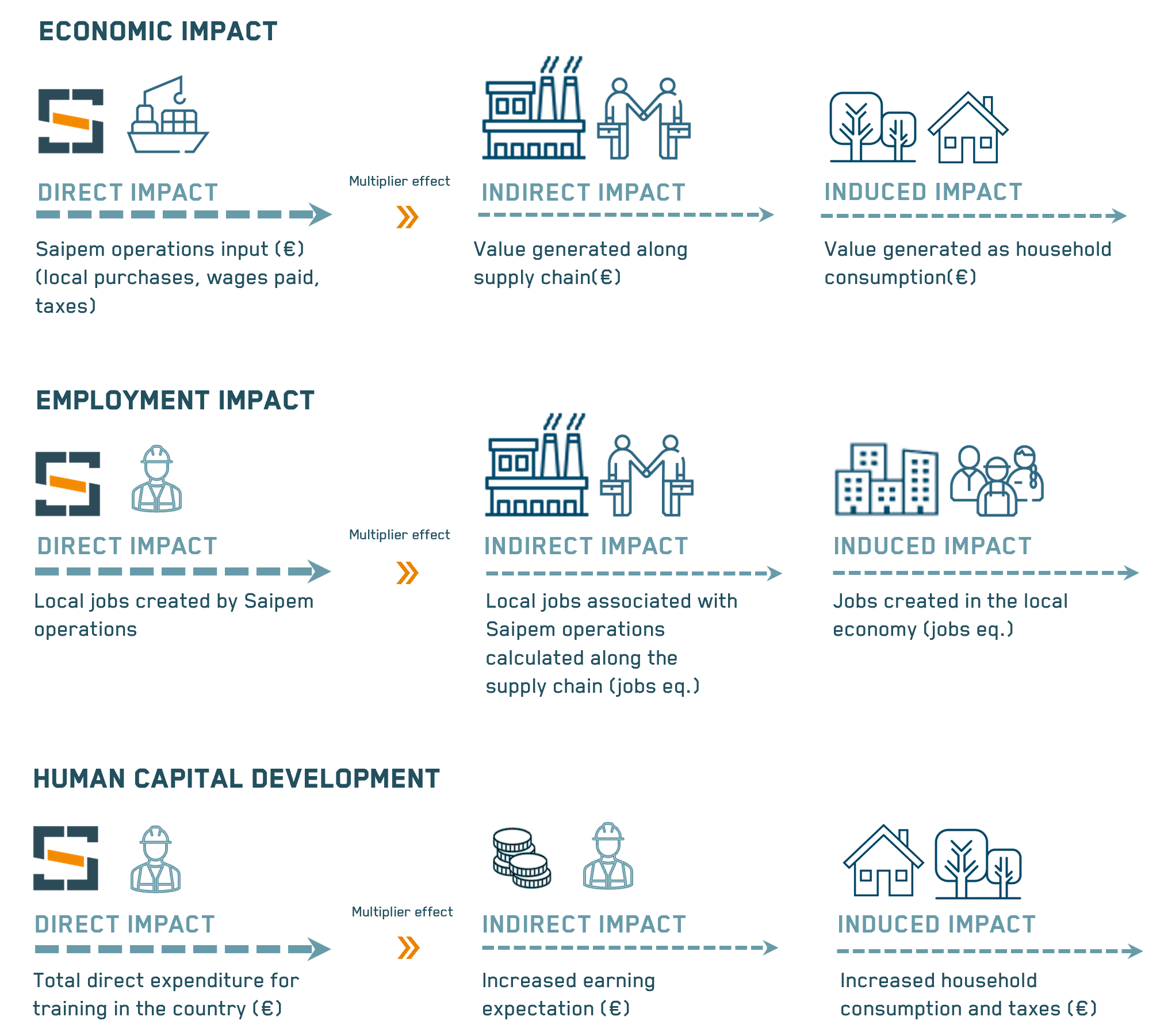
Economic impact
The economic impact is calculated as the overall financial impact on the local economy and society generated by the purchase of goods and services from local vendors, the salaries paid to local personnel employed by Saipem projects and the taxes paid in the Country.
Employment impact
The employment impact is calculated as the total number of full time equivalent (FTE) jobs created by Saipem’s operations, both directly and indirectly through the supply chain and the induced effects of increased spending and taxes.
Human capital development impact
The human capital development impact is the economic value associated with the training activities provided by Saipem to its local employees, calculated as increased lifetime earning potential and their contribution to the local economy.
The three socio-economic impacts are calculated considering the direct, indirect and induced impacts.
The SELCE model is the tool we designed to quantify our impact on a certain area or country where we operate or on projects we have completed. It helps us to develop durable and sustainable relationships with all local stakeholders, reduce costs and risks associated with projects, improve the perception of the company, create the conditions for a climate of mutual trust, and overall, guarantee our actions are effective and sustainable in any given area.
The SELCE model also allows us to measure the overall economic impact we have generated through payments to local suppliers and employees, taxes paid, the number of jobs created in a specific area and the increase in the lifetime earning potential thanks to our training programmes.
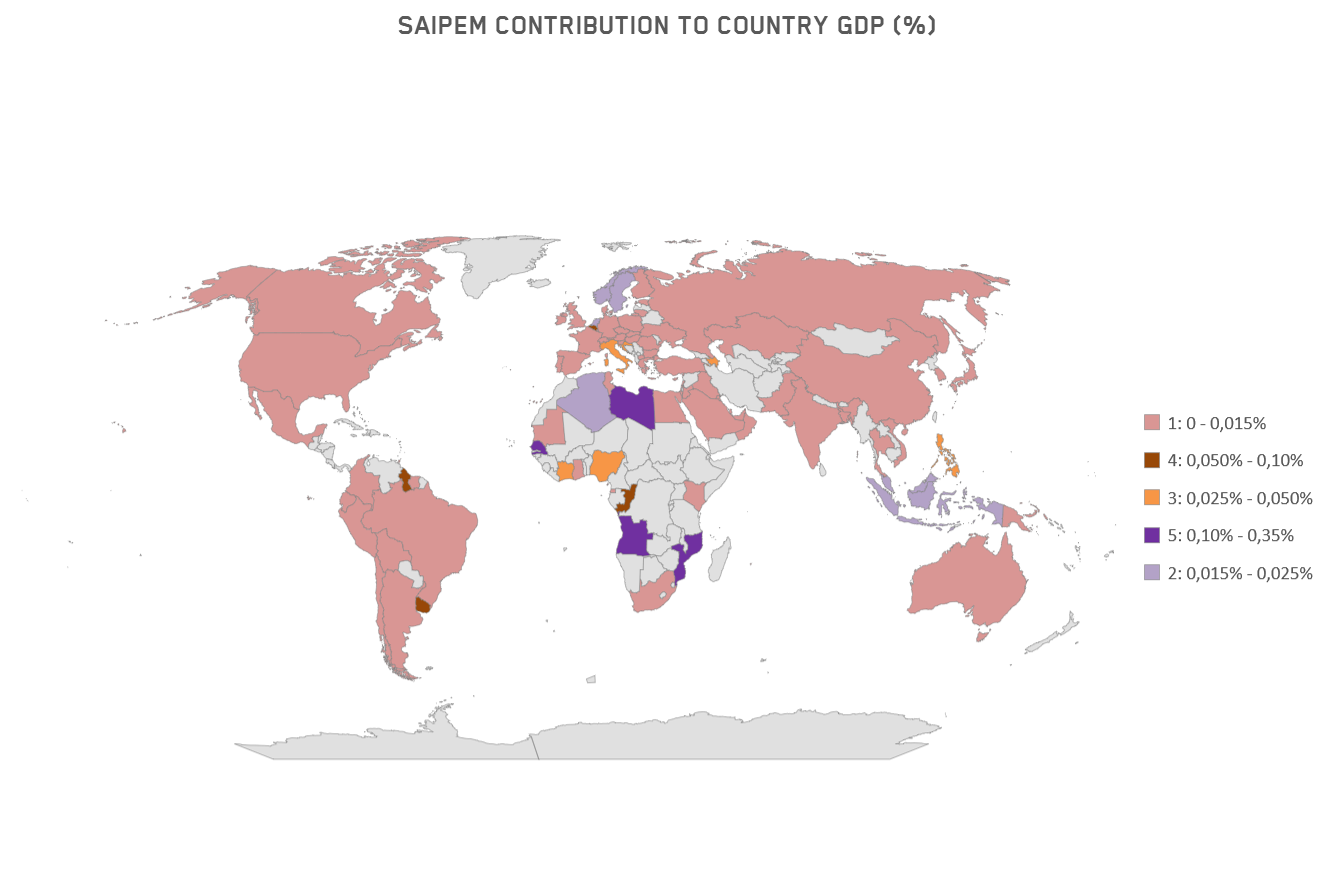
REVALUE Model
The REVALUE model measures the social and environmental impact of the company's activities in monetary terms. The Revalue methodology allows us to evaluate the overall worldwide impact of the Saipem activities by calculating the value created starting from the relations between inputs of our business activities, the corresponding outputs and their long-term results.
To date, the overall net value of our impacts amounts to 1.545 billion euro globally.
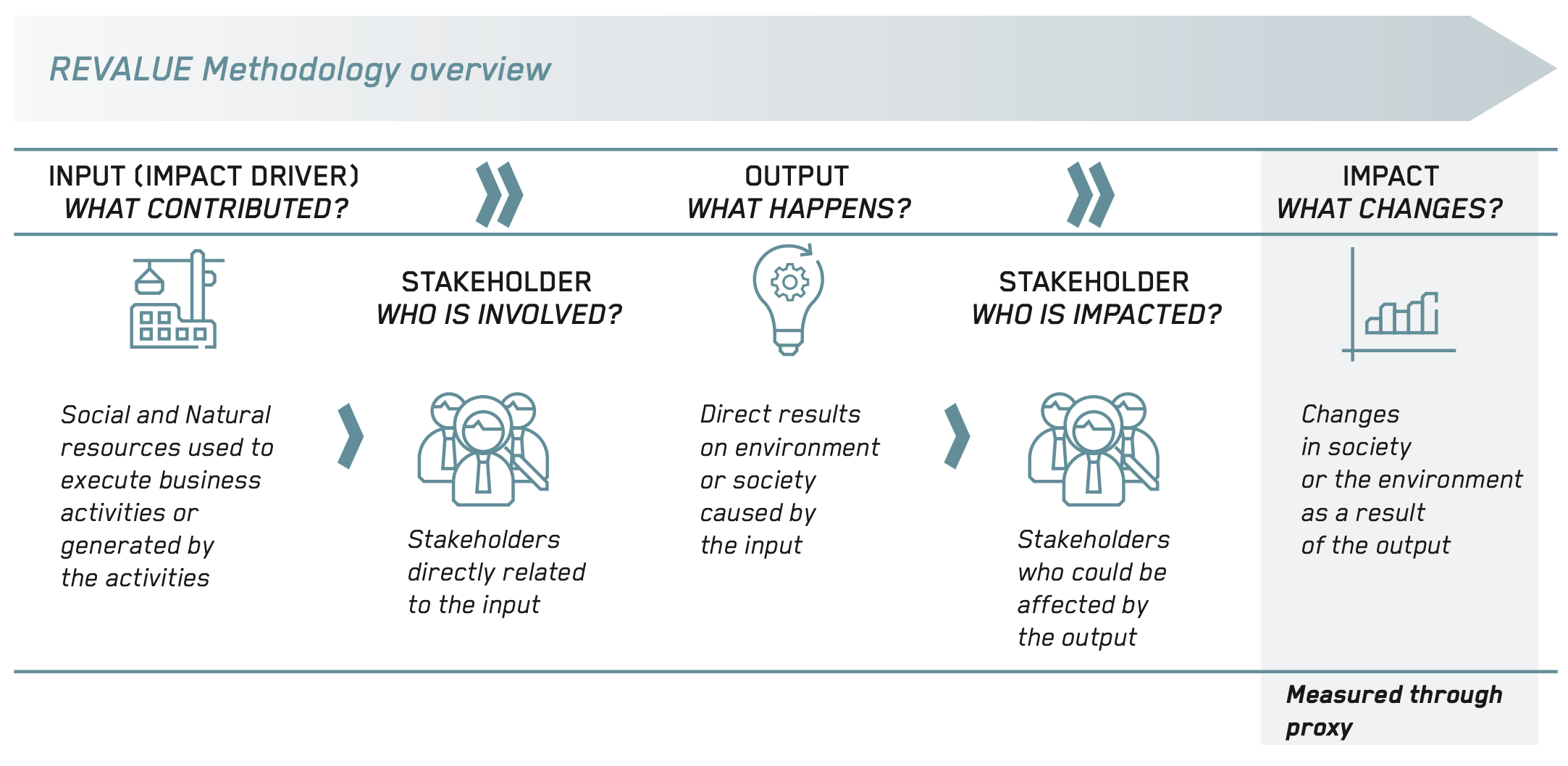
Initiatives for local communities
We play an active role in local communities in different ways, all with the single goal of creating long-term value. Local community initiatives are mainly focused on areas such as economic development, education, environment and health.
Our commitment to local communities in 2023
The map highlights some of the areas of the world in which we work and an overview of the initiatives implemented locally in 2022.
Below is a brief description of some of them, representative of our commitment to the creation of value at the local level in the various related action areas to the Sustainable Development Goals (SDGs).
